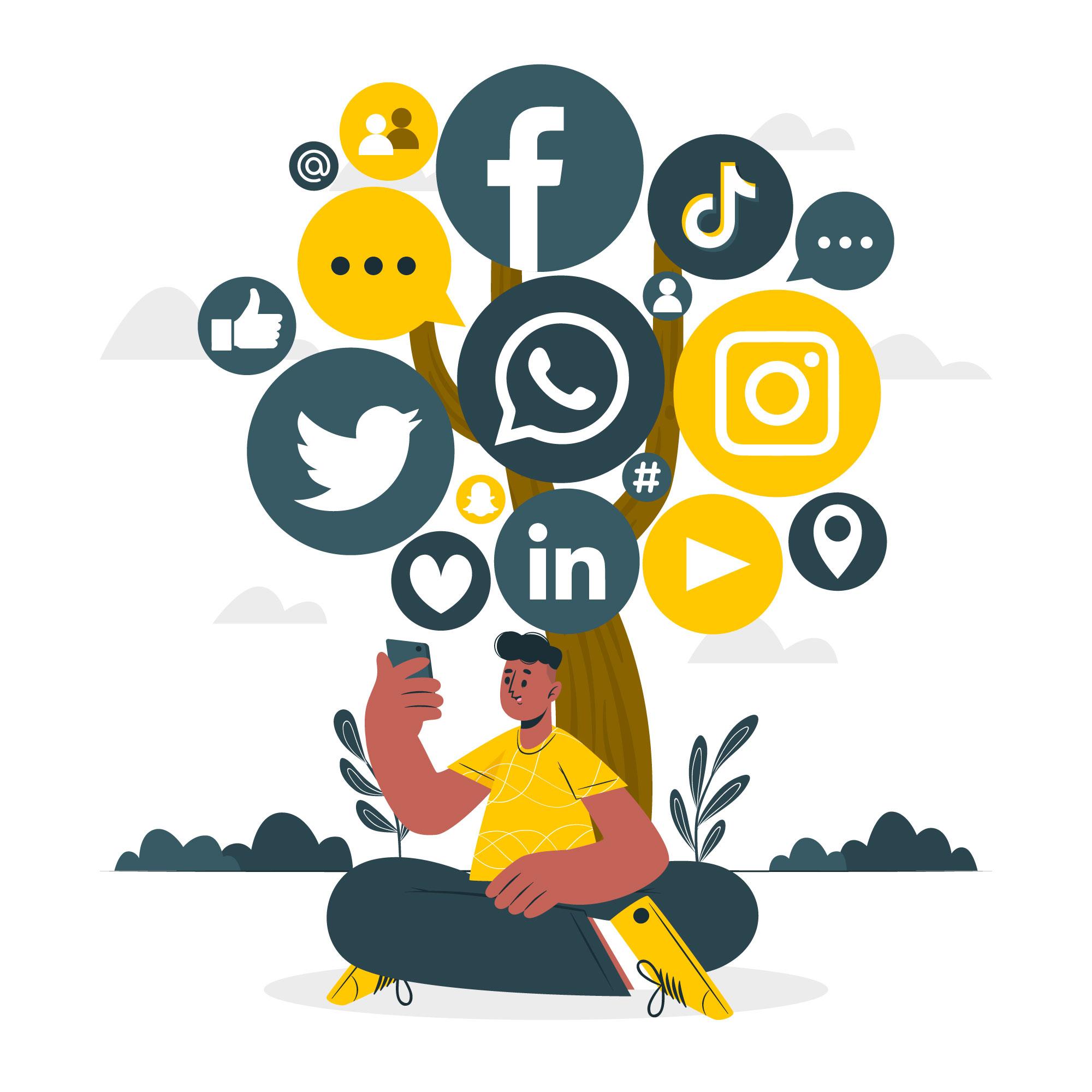How Companies Use Social Media for Customer Service: 7 Real-World Examples
In this digital age, social media is growing as a Important tool for companies trying to engage with their customers. It is no longer just for fun, conversation, or promotion. Nowadays, Companies use social media platforms like Facebook, Instagram, Twitter, and LinkedIn to increase client Experience, and address issues.
As this trend is growing fast. So it makes sense for businesses to offer support where their customers already are. In this blog, we’ll explore how companies use social media for customer service and share 7 real-world examples of big brands doing it right.
Why Social Media Is Useful for Customer Service
Fast Replies
People expect quick answers these days. With social media, companies can reply in minutes instead of hours or days.
Public Support
When a business answers a question or solves a problem in public, others can see it too. This helps build trust and shows that the company is open and honest.
Always Available
Unlike phone support or emails, social media is always on. Many companies now have 24/7 support using live agents or chatbots to make sure customers get help anytime they need it.


Amazon is known for its fast service, and that includes customer support. On Twitter, they use a special account called @AmazonHelp to help customers in many different languages. They reply quickly, and replies mostly include the agent’s name to make the message feel more personal. Why it works:
- They offer support in many languages
- Messages feel personal and friendly
- They act quickly, even without being asked
Amazon is a great example of how companies use social media for customer service in a fast and thoughtful way.

Domino’s has made social media support very smart. On Facebook Messenger, they use chatbots to help people track orders, ask questions, or even place new orders. If the problem is more complex, a real person can take over the chat.
This mix of automation and human support helps Domino’s serve more people quickly. Why it works:
- Combines chatbot with human support
- Convenient for Facebook users
- Reduces the need for phone calls
Domino’s shows that smart tools like chatbots can make social media support faster and easier.

Netflix uses @Netflixhelps to help customers. They deal with issues like streaming problems, login errors, and device questions. What makes Netflix stand out is their fun and friendly way of talking. They often use jokes, or simple language to make customers feel comfortable. This light-hearted tone helps reduce stress and makes the support experience better for everyone. Why it works:
- Replies are fun and friendly
- Support feels human and relatable
- Helps fix common tech issues
Netflix is a great example of using social media in a fun way while still giving useful support.

Spotify offers round-the-clock support using @SpotifyCares. Whether someone can’t log in, has issues with playlists, or finds a bug in the app, Spotify replies fast. They often share helpful links or send users to Spotify’s community forum for more answers.
They also switch between public and private replies, depending on the issue. Why it works:
- Help is available anytime
- Mixes public replies with private messages
- Gives useful resources like links and guides
Spotify’s 24/7 support shows how companies use social media for customer service by being fast and helpful all the time.

Puma uses platforms like Twitter and Instagram not just to solve problems, but also to connect with their audience. They help customers with order tracking, product feedback, and complaints. What stands out is their kind and respectful tone.
They also like to repost customer photos and reviews, which helps build a stronger community. Why it works:
- Replies are kind and respectful
- Customers feel like they’re part of the brand
- Builds long-term loyalty
Puma proves that being nice and engaging on social media can go a long way in customer service.

Apple offers support through @AppleSupport. They help customers with iPhones, Macs, and other Apple products. What’s great about Apple is that they also post helpful guides and how-to threads along with customer replies.
They provide support both in public and through direct messages to keep things private when needed. Why it works:
- Replies are clear and easy to follow
- Offers tips, tutorials, and helpful content
- Support is available publicly and privately
Apple is a strong example of how using social media for customer service can also educate users.

Nike runs a dedicated support account called @NikeService on Twitter. This account is only for customer service, while the main account is mostly used for branding and promotion. Customers can now get assistance more easily and without being confused by promotional content.
The Nike support team knows the products well and replies quickly to order issues, size questions, and delivery problems. Why it works:
- Support and marketing are kept separate
- Staff know the products very well
- Customers get fast help during working hours
Nike shows that having a separate account for support can make customer service more focused and clear.
Tips for Using Social Media for Customer Service
Thinking about using social media for customer service? Some simple tips to help you start:
- Make a separate support account: This keeps your support replies clear and easy to find.
- Train your support team well: Make sure they know your product and how to talk kindly online.
- Use chatbots for basic questions: Let bots answer simple things, and pass bigger issues to real people.
- Be quick and polite: People love fast and friendly replies.
- Watch for mentions: Use alerts or tools to catch messages, even if customers don’t tag you directly.
Final Thoughts
These 7 examples clearly show how companies use social media for customer service in smart and helpful ways. Social platforms are not only for sharing content,they’re also great places to solve customer problems and build strong relationships.
Social media customer service helps companies to interact with customers in real time, express their concern, and create loyal supporters. Every message is an opportunity to provide excellent customer service and build relations, no matter how serious the issue is.
Is your brand ready to connect and support your customers through social media?